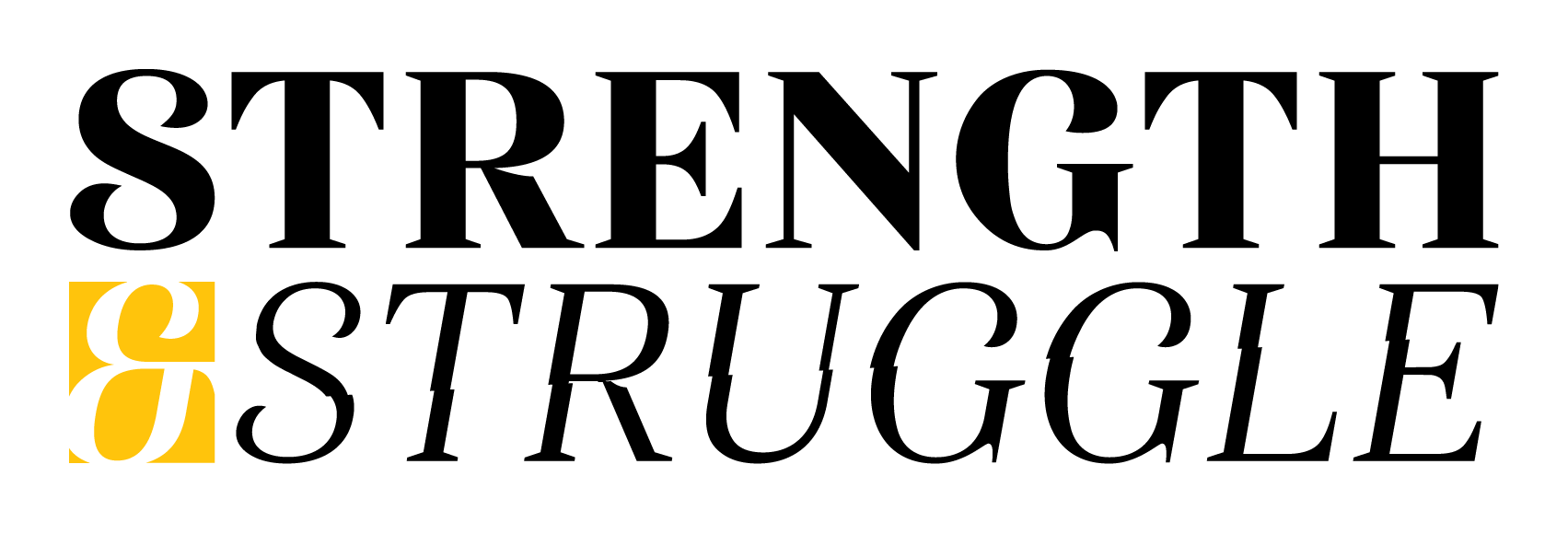“R. Leib, son of Sarah, the hidden tzaddik who wandered over the earth, following the course of rivers, in order to redeems souls of the living and the dead said this: ‘I did not go to the Maggid in order to hear Torah from him, but to see how he unlaces his felt shoes and laces them up again.” So goes a well-known Chassidic story somewhat quaint and strange to our ears. What, one wonders, could one great tzaddik learn from the way another tied his shoes—and why concentrate on such trivia to begin with?
In fact, the modern Jew tends to ask the same question about much of the body of Jewish Law passed down to us in the Shulchan Arukh and various codes—that is, about halakha in general. Or perhaps we better say halakha in its “specifics”; what can one possible learn from it, and why concentrate on such trivia anyway? That mass of irritatingly minute prescriptions, which cover the pages of the Shulchan Arukh, is one of the greatest stumbling blocks for the modern Jew in search of her or himself. Its laws appear impossible, extreme. Here are directives about matters such as which shoe to put on first, when to wash your hands, when and when not to touch your spouse, how to sleep, eat, drink—even evacuate. Let alone the intricate directives concerning proper observance of the holidays, prayer, litigation, and so forth.
Nonetheless, says the Talmud: “Since the Temple was destroyed, G‑d has no place left except the four cubits of halakha.” What kind of G-d, one wonders, cares about my shoelaces? No one will argue about the need to strengthen Jewish “identity,” “culture,” “values” —but that we need to strengthen ourselves in abiding by Jewish law, in all its sticky specifics, is another matter.
What does it matter whether you drive to shul as long as you get there, or which shoe you put on first, and so forth. Justice, morality, being a good person, supporting Israel—these are the components of Judaism. Shabbat, kashrut, perhaps even mikveh make for a nice “lifestyle”; but let’s not go too far; let’s not be irrational, fanatic; and above all, let’s not call it “law.”
Halakha Unites Spiritual and Mundane
In fact, the popular term, “lifestyle,” if we stretch it a bit, might serve as a roughly accurate translation of the Hebrew word halakha, which comes from the root halakh, meaning “to walk.” The word does not specifically denote “law” (Hebrew din or mishpat), but “path,” the “way to walk,” the way to pattern one’s life.
But there is more. Style is not always synonymous with substance. There is a profound insight in the popular cliché, “lifestyle”; we desperately search for lifestyle because we lack life-substance. Style can become a substitute for content. And so we try to pick and choose, amalgamate and discard, imitate and absorb bits and pieces of other people’s lives, cultures, religions, philosophies, politics, struggling to sew some patchwork of ideas together to clothe our nakedness. Like the era which gave rise to Christianity, ours is one of great religious syncretism.
But halakha is more than style. Although it contains it own inner mechanism for dealing with the effects of temporal, cultural, and geographical change, the essence of halakha does not change. Precisely because the essence of halakha is the unity of the concrete actions it prescribes, with the “theoretical or conceptual” basis of the Torah, halakha is that which unites the most “spiritual” aspects of Judaism with the most physical, mundane details of life. Halakha is that unique religious expression which—leaping over the boundaries of other non-Jewish concepts of “spirituality” —somehow is able to connect G-d to…how you tie your shoelaces. Being good, ethical, spiritual, Zionist etc., is, halakha insists, somehow bound up with the way you eat, dress, cook, sleep, keep the Shabbat, and so on. Why?
Because in essence, the Torah teaches that nothing, literally nothing, is trivial for the Jew; that there is utterly no aspect of one’s life which is unimportant; no action, word, thought, to which you can afford to be insensitive. There is no aspect or moment of life which the Jew does not seek to elevate and sanctify and penetrate with Jewishness. That is why in Judaism, soul and body, idea and action, the most metaphysical and the most mundane realms are not separate. And Halakha is this very unity of style and substance, soul and body, spirit and letter, daily life and the Divine. We have a G-d who “mishes in.”
Halakha Should Not Be Modernized
Precisely in the detail does one find the whole, or to use more philosophical terminology, only though the particular does one reach the universal; concentrate and abstract cannot be separated, Precisely in the seeming small details, in the minutiae, in the concrete halakhot is the Torah expressed.
This concept is actually very contemporary. Twentieth century science teaches us the same lesson. The secret of nature, the ultimate strength and power of the universe lies not somewhere in the vast cosmic expanse, but within the infinitely small world of the atom. The biggest explosive force comes from a highly controlled reaction using the most minute nuclear components.
Those familiar with kabbalah will recognize that the term tzimtzum, meaning “contraction, condensation” is central to Jewish mystical thought. The idea is that G-d, so to speak, contracted himself to make space for the universe, and that he condensed his thought and will through immeasurable contractions into the physical letters and words of the Torah.
Halakha, for the mystic, is this greatly condensed wisdom of G‑d, inseparable from the most abstract metaphysical speculation. And that explains why the very compiler and editor of the Shulchan Arukh was none other than the great mystic and kabbalist of the Safed circle, R. Yoseph Caro.
And R. Caro was not alone—our greatest speculative mystics were also our greatest Halakhists. This combination of law and mysticism is unique to Judaism. The most spiritually sensitive of our tradition were also the most attentive to the minutiae of halakha, for halakha is the body, the very concrete expression of the soul of Torah. Those who reached the highest levels sought not to abolish, alter, or “modernize” halakha, but to reinforce it.
We Must Seek Meaning in Halakha
Can halakha be attractive today? Yes, because halakha is the very concrete expression, the very ground and bedrock of Jewish “identity,” “culture,” “values,” and all the other abstract words which don’t exist in the Bible, because the word “Torah,” meaning “teaching, instruction,” includes and indissolubly binds together “religion,” ethics,” “politics” with one another and with the way one ties one’s shoes. One can’t separate them; separate halakha from the Torah, Jewish action from Jewish thought, and you separate the Jew from Judaism.
To be sure, some halakhot are not congruent with some contemporary styles of thought and behavior. That, however, is not a necessary reason for immediately doing away with them, and for rationalizing a Judaism which we adhere to only when it is comfortable for us to observe. And should not we, of all people, be most skeptical of the styles and conceptual fads of modern culture—did we not suffer most in the last century from the hands of those were most culturally and technologically advanced? Did not “liberal humanism” fail us miserably and does it not appear to beginning to fail us again? Instead of casting away halakha, let us search for its deeper meaning, its intricate and indissoluble connection to those aspects of Judaism unquestioningly meaningful to us and the world.
But let us search with Jewish eyes. The Torah deals not only with the beautiful and rational elements of ourselves, ignoring the rest, but also (and perhaps more importantly) with what is not beautiful and not rational, and what is spiritually intractable—with our physical behavior in the world of our everyday life, down to the last detail. For if one doesn’t pay careful attention to those aspects of human behavior which are non-rational, they can easily become wildly, destructively irrational—rather than guides which can lead us above and beyond the limits of reason.
Even one who is concerned with beauty, proportion, and aesthetics will tell us that details are important. The artist, above all, knows that one incorrect line, awkward angle, off color, can destroy the painting; the poet agonizes over the exact word. Jewish beauty, however, is not ultimately embodied in plaster and paint and poetry, but in deeds, physical actions—the most minute, the most mundane—over which the Jew agonizes and meditates as deeply as does the artist over her or his composition. Meditation over the proper way to tie one’s shoes merges into meditation on the secrets of creation, the Shulchan Arukh into the Kabbalah. In going to the tzaddik to learn how he ties his shoes, you learn all. For a Jew’s life—way of “walking”—the specifics of halakha, constitute the essence of his or her art and the ultimate masterwork.
Feeding Among the Lilies: The Wellsprings Reader [New York: Kehot Publication Society, 1999]
Reprinted with permission of the author





